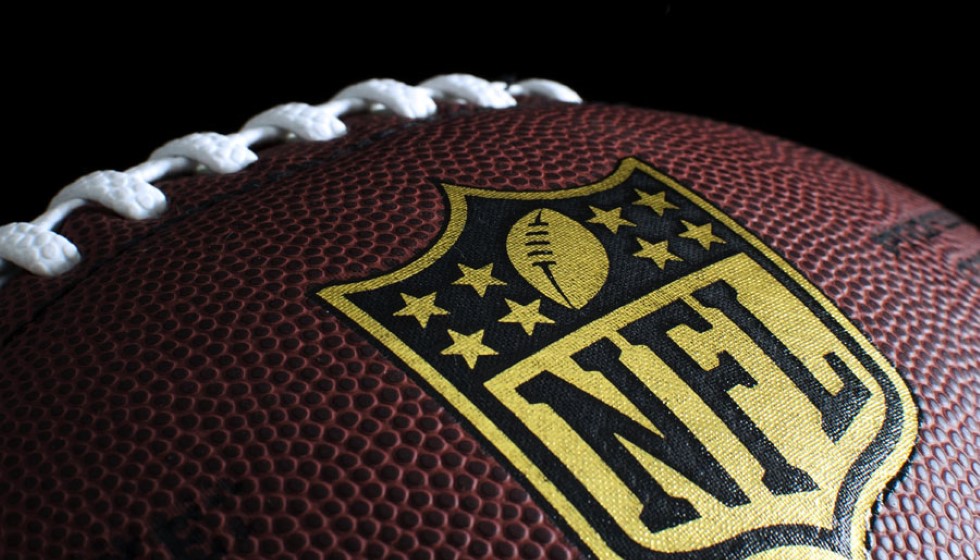
The NFL's contract negotiation landscape has been reshaped by the 2020 collective bargaining agreement (CBA), introducing new dynamics and tactics that players and teams must navigate. At the forefront of this evolution is the "hold-in" tactic, a strategic maneuver where players attend training camps but abstain from participating in actual drills to express dissatisfaction with their contracts. This approach allows players to avoid the hefty fines imposed for missing training camp—a crucial adaption under the current CBA.
Under the agreement, players beyond their rookie contracts incur a fine of $50,000 per day for missing training camp, whereas rookies face a $40,000 daily penalty. Beyond training camp fines, players also risk losing a week's base salary for each preseason game missed. Specific groups such as unrestricted free agents and first-round picks under fifth-year options are particularly targeted by these additional penalties. The training camp period extends from the team's mandatory reporting date until the Sunday before the first regular-season game.
The "Hold-In" Tactic in Action
Players on rookie contracts can be granted fine forgiveness, but veteran players are not afforded such leniency. In 2021, T.J. Watt demonstrated the efficacy of the "hold-in" tactic, attending training camp but not participating in drills until he secured a lucrative contract extension, making him the highest-paid non-quarterback in the NFL just before the regular season began.
Wide receiver Brandon Aiyuk of the San Francisco 49ers, slated to make a fully guaranteed $14.124 million in 2024 on a fifth-year option, skipped offseason workouts and incurred a $101,716 fine for missing the mandatory June minicamp. Aiyuk escalated matters by requesting a trade shortly before the start of training camp—a move reflecting growing discontent among players navigating the current contract landscape.
Ja'Marr Chase of the Cincinnati Bengals, who did not participate in team drills beyond walkthroughs during June's mandatory minicamp, finds himself in a similar position. The Bengals exercised a fully guaranteed $21.816 million fifth-year option for Chase in 2025, yet the star receiver might withhold his services without a new contract. Bengals President Mike Brown acknowledged Chase's significance to the team, stating, "He's a key player next to Joe [Burrow]. He's our next one. He knows that. We know it." However, the team's firm stance is clear. Brown added, "The offseason is a better time for that and we're going to try to keep focused on the football part. I'm not going to rule anything out, but I will tell you that the die has probably been cast."
Contract Clauses and Penalties
The ramifications for breaches of Paragraph 2 in the NFL Player Contract are stringent. Players walking out after reporting to training camp risk being placed on the reserve/left squad list, which prevents them from playing for the remainder of the season and freezes their contract for the following year. Additionally, the maximum penalty for such a breach includes a fine equivalent to one week's salary and a four-week suspension without pay.
While the high stakes of contract negotiations loom large, several players have recently secured substantial contract extensions. Justin Jefferson of the Minnesota Vikings inked a four-year, $140 million extension, featuring $110 million in overall guarantees and $88.743 million fully guaranteed at signing. DeVonta Smith signed a three-year, $75 million deal with the Philadelphia Eagles, and Jaylen Waddle received a three-year, $84.75 million extension from the Miami Dolphins.
Conclusion
The evolution of NFL contract negotiations under the 2020 CBA has introduced complexities and strategies that players and teams must adeptly manage. As the "hold-in" tactic becomes a more prominent tool for players seeking new deals, the landscape will continue to evolve, shaping the future of how business is conducted in the league. With significant contracts being inked for key players, the balance of power between athletes and franchises remains in constant flux, dictating the trajectory of upcoming seasons.